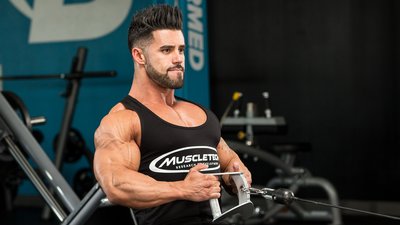You'd think the seated cable row was about as simple as it gets: All you have to do is sit on a bench, grab the handle, and pull like hell. It turns out there are a lot of ways you can mess up this movement and miss out on some of its benefits. Here are the biggest culprits. Find yours and solve it now!
1. You're Leaning too Much
The cable row is a multi-joint exercise, but one of the joints you shouldn't be recruiting is your hips. You bring your hips into play when you bend forward to extend your range of motion, or lean back to complete the pull.
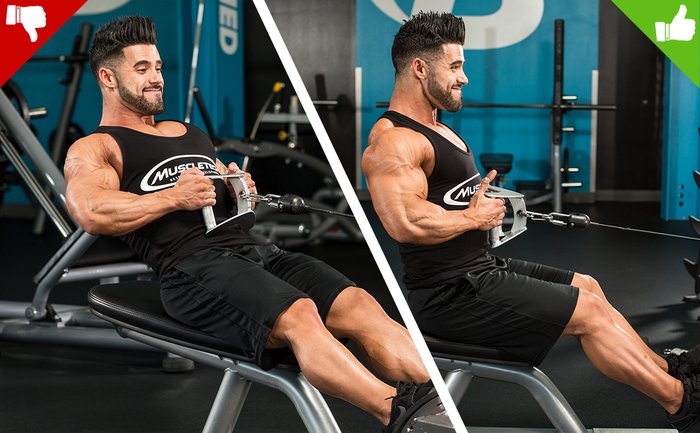
News flash: The seated cable row isn't intended to be a lower-back exercise! When done correctly, it works your upper lats and middle-back musculature. Recruiting your hips is cheating because it generates momentum and helps you continue a set when your lats start to fatigue.
It's hard to maintain a completely upright position during the row, but try to lean no more than 10 degrees from the vertical to limit hip flexors and lower-back involvement.
2. You're not Using Full ROM
For full range of motion training, you want to go from full extension to peak contraction. That gets hard to do if you're trying to pull too much weight.
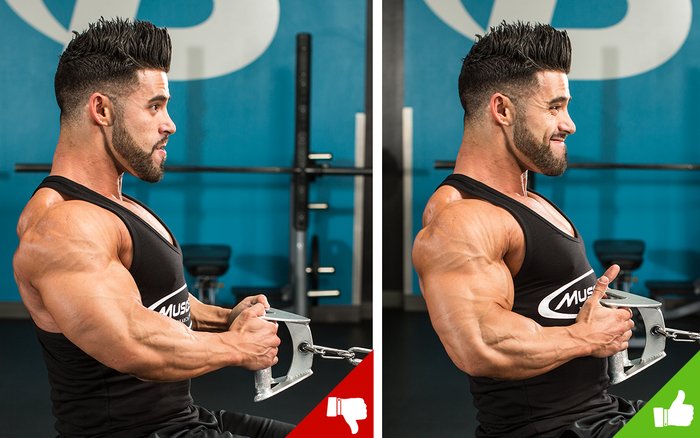
When pulling, you should be able to bring your elbows as far back behind the plane of your body as possible, consciously squeezing your shoulder blades together. If you can't do this, especially early on in your set, lower the weight and try again.
3. You're not Protecting Your Lower Back
As with just about every back exercise, you need to isometrically hold your torso in position as you perform cable rows. If you fail to contract your lower back muscles or let your spine flex and extend significantly, you're threatening the discs of your lumbar spine.
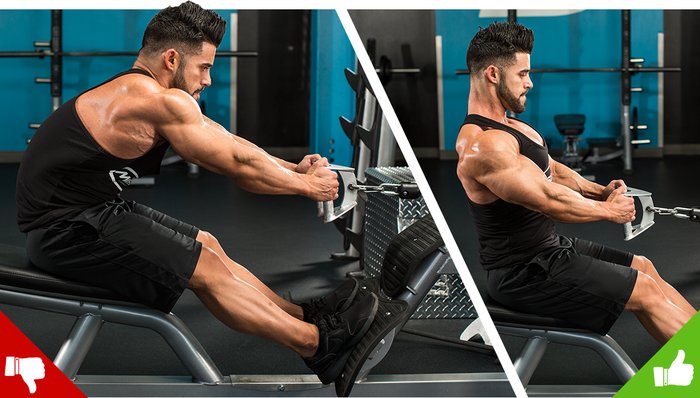
Disc damage can lead to nerve injuries, which can cause considerable pain, muscle atrophy, weakness, tingling, and numbness. Keep your back slightly arched by engaging those lower back muscles, and you're good to go!

4. You're Locking Your Knees
Keeping your knees slightly bent allows you to absorb changes in your center of gravity and maintain better balance. Locking your knees when pulling back puts additional stress on these joints, which is not good for the long-term health of your knees.
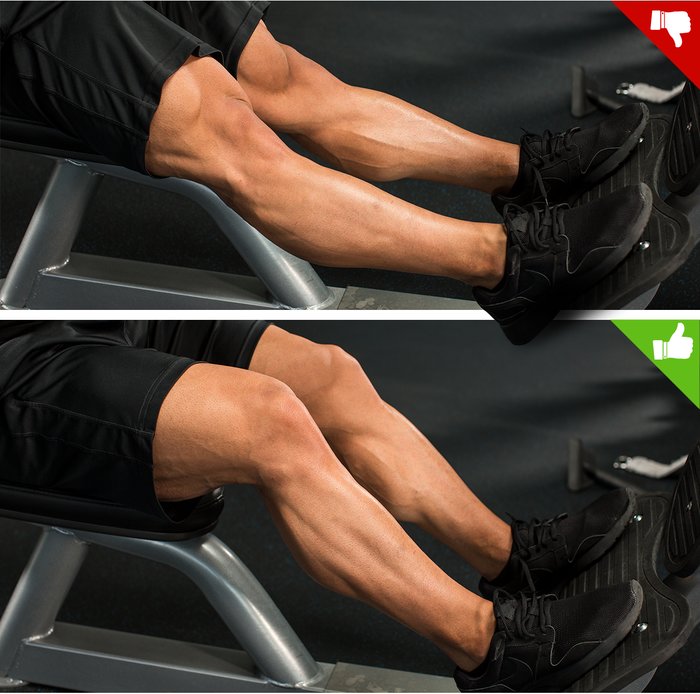
Keeping your joints unlocked is less of an issue when you're doing seated exercises, but it's a good habit to get into when doing any back movement.
5. You're Stuck in a Grip Rut
If you're one of those people who always uses the close-grip handle when doing cable rows, it's time for a change. Next time, try attaching a lat bar instead. That way, you'll be able to keep your elbows out away from your sides and give your lat fibers a different movement path.

You can also vary your cable rows by switching to an underhand grip, which keeps your elbows tight to your sides. Every exercise can start losing its effectiveness if you do it the same way all the time. Include variations of the seated cable row and you'll stimulate new muscle growth.
6. Your Scapulae are too High
Speaking of variations, add this one to your toolbox, compliments of Chris Barakat, MS, ATC.
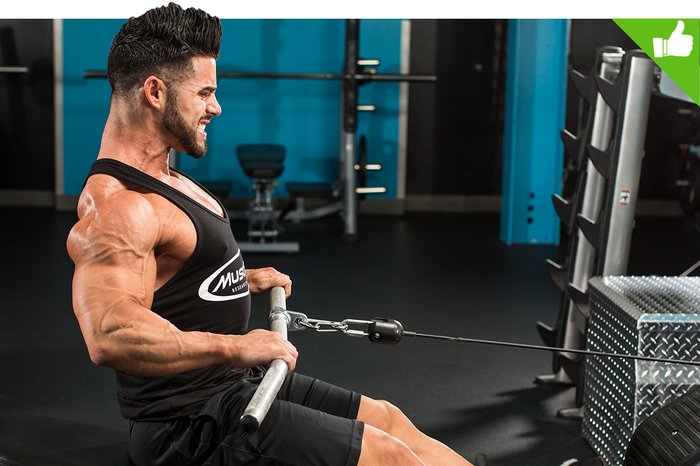
To achieve much greater lat activation, depress your shoulder blades and "scrape the floor with your elbows" as you complete the horizontal row. It may not sound like much, but it can make a big difference in which muscles get activated, and how intensely. And you'd better believe that can make a difference in the results you see!

